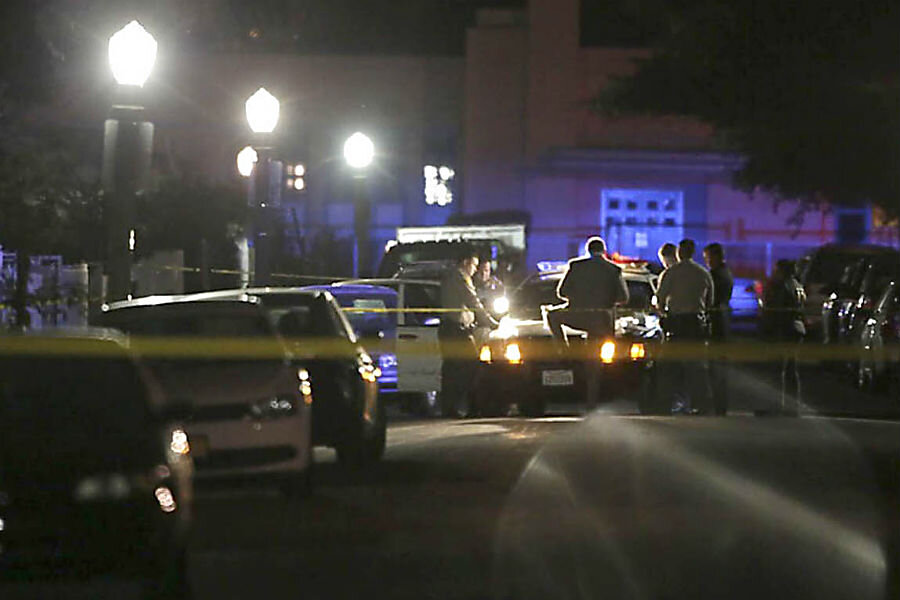Infant caught in gang crossfire: a reminder of the Compton's violent past
Loading...
Following the fatal shooting of a 1-year-old girl in Compton, Calif., officials said the gunfire was probably meant for her gang member father – a grave reminder of the Los Angeles County city’s violent past.
The girl, Autumn Johnson, had been in her crib Tuesday night when the gunman got out of a car, fired multiple rounds of shots into her parents’ home, which was a converted garage, and then drove off, officials said.
The mayor of Compton, Aja Brown, has since made a plea to her residents to rekindle their fight against gang violence, which made the city notorious 30 years ago for gang-related feuds, drive-by shootings, and rampant homicides.
"I stand today with Compton residents in recommitting ourselves to the fight against gang violence," she said.
The city has come a long way in addressing gang violence since the 1980s and 90s when feuding gangs made national headlines, but this incident is a painful reminder of the work that remains to ensure residents' safety.
As they investigate for possible leads, the authorities say that Autumn's father, Darrell Johnson, may have been the intended target. The toddler’s mother, Blanche Wandick, is pleading for the killer to be caught.
"My innocent baby got shot for nothing. She was sitting – just standing in her crib – and out of nowhere, gunshots," Ms. Wandick told the Los Angeles Times. “That's all. That's all I can say. That's it. I miss my baby, I love my baby, but she is gone.”
Authorities have offered a $25,000 reward for any information that leads to an arrest. Tipsters can remain anonymous, sheriff’s officials said.
In its most violent peak, Compton had 87 killings in 1991. Ravaged by the infamous Bloods and Crips street gangs, the city was also the victim of economic downturn. But since, a lot has changed. Homicides have plummeted. Large retailers that have stayed away for so long have now moved in. There’s now even a Wal-Mart.
"People think of Compton as a very dangerous place," Mayor Brown told the LA Times last year. "But when we look at the statistics and the feel of the city and we talk to people who live here, it's a different city from 25 years ago."
Many of Compton’s improvements can be attributed to better city policies and programs, the Monitor’s Gloria Goodale reported last summer:
To start, these changes include improved statistics, such as a falling homicide rate. More broadly, the changes can be seen in strategies that have worked in other cities, such as tax incentives for businesses, training for unskilled workers, and better options for youths of all ages....
Among Compton's new strategies: a solid package of tax incentives for major retailers, such as Target, Home Depot, and Wal-Mart, to open stores; help cutting red tape for permits and licenses; low-interest loans and development grants; and dedicated project coordinators and ombudsmen.
Last month, the city council voted to reduce fees for youth sports programs from $40 to $10 – and it’s giving a free pass to those who cannot afford the new lower fee.
But Compton’s recovery is far from over. As indicated by Tuesday’s tragedy, the city is far completely shedding its violent past. In the past six months, Compton has had eight homicides out of 475 violent crimes, according to the LA Times. And nearly all the homes in little Autumn’s neighborhood have bars on the windows.
“Compton is still rocking and reeling from the '80s," longtime resident Calvin Moore told the paper in August. "It's trying to find its balance."
This report contains material from the Associated Press.








